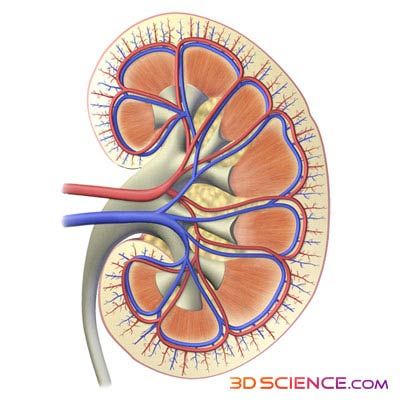Kidney Stone Rate Nearly Doubles in 16 Years

Kidney stones are nearly twice as common now as they were in the early 1990s, according to a new study.
In 1994, one in 20 people in the U.S. had kidney stones, in the years between 2007 and 2010, the rate was one in 11.
"While we expected the prevalence of kidney stones to increase, the size of the increase was surprising," says study researcher Dr. Charles Scales Jr., a urologist at the David Geffen School of Medicine at the University of California, Los Angeles.
Additionally, the researchers found that people with obesity, diabetes or gout were more likely than healthy people to be diagnosed with kidney stones.
While kidney stones can be treated,they can also be prevented by eating a healthy balanced dietand getting plenty of exercise, researchers said. Doctors should shift their focus to prevention, especially now that more people in the U.S. are facing the condition, researchers said.
"People should consider the increased risk of kidney stones as another reason to maintain a healthy lifestyle and body weight," said researcher Dr. Christopher Saigal, associate professor of urology at the UCLA medical school.
The study used data on 12,000 people collected during the National Health and Nutrition Examination Survey, an ongoing study conducted by the Centers for Disease Control and Prevention. Survey participants answer questionnaires, and undergo physical exams.
Sign up for the Live Science daily newsletter now
Get the world’s most fascinating discoveries delivered straight to your inbox.
The study was released online Wednesday (May 23) and will appear in the July issue of the journal European Urology.
Pass it on: Nearly twice as many people in the U.S. are suffering from kidney stones today, but some could be prevented with proper diet and exercise.
Follow MyHealthNewsDaily on Twitter @MyHealth_MHND. Find us on Facebook.












